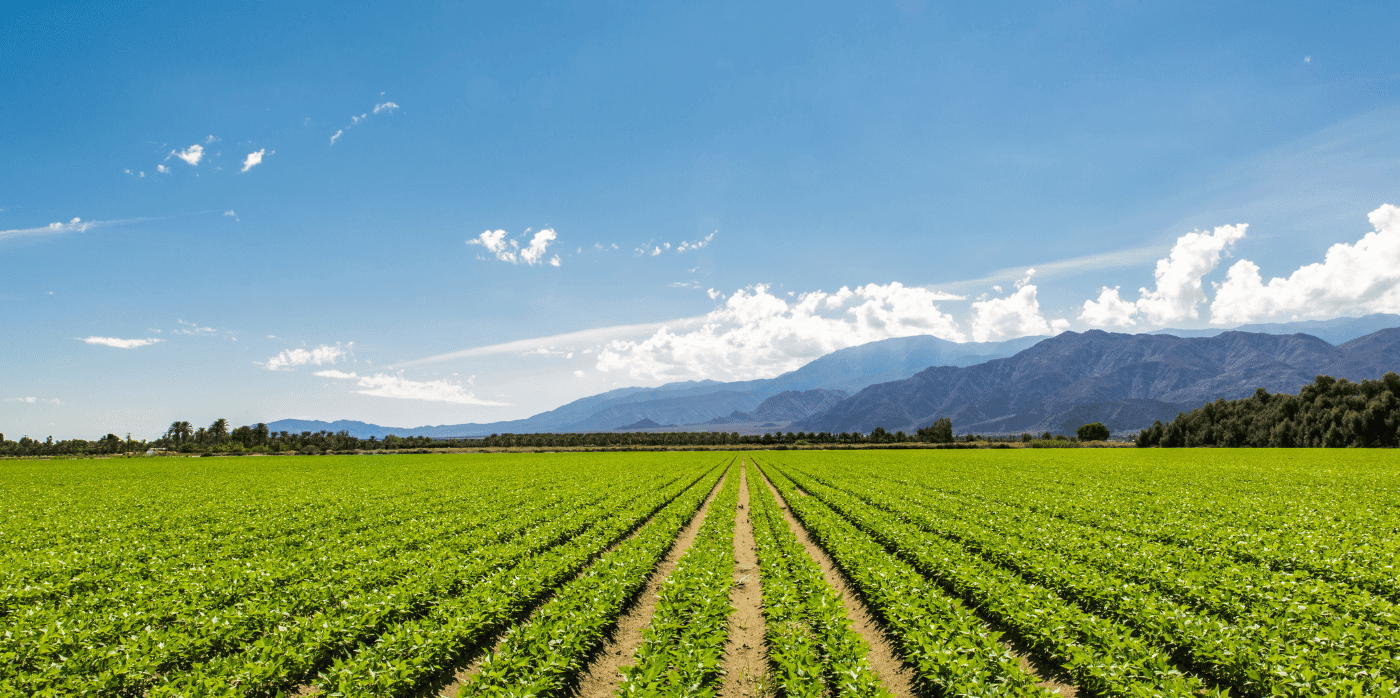Improving the efficiency of phosphorous fertilisers

Spotted: It is estimated that around half the world’s population are dependent on food produced using synthetic fertilisers. While these fertilisers can increase crop yields and reduce the amount of land we use for agriculture, they also come at a high environmental cost in the form of pollution and carbon emissions.
One way to make fertilisers more sustainable is to improve their efficiency. This is exactly what Phospholutions is accomplishing with its RhizoSorb fertiliser. With conventional fertilisers, as little as 10 per cent of the active ingredients, such as phosphorus, are actually used by the crops after application. The rest is often washed into water sources, causing devastating contamination.
Phospholutions’ RhizoSorb, in contrast, delivers the same amount of phosphorus to the plants while using just half the fertiliser. More of the nutrients end up in the plants and, because less fertiliser is used, less ends up in waterways. This represents a potential reduction in runoff by 58 per cent, a reduction in leaching by up to 87 per cent, and as much as a 50 per cent reduction in greenhouse emissions.
The company’s process also decreases production costs for phosphate manufacturers, and an increase in profit margin that outweighs the reduction in applied volume per acre compared to conventional fertilisers. This is one reason why Phospholutions has been able to complete a recent funding round that raised $10.15 million from leading global fertiliser companies and investors.
Reducing the environmental impact of fertilisers is a crucial step in limiting global warming and increasing crop productivity. Other innovations in this space include the development of affordable, low-carbon fertilisers and a fertiliser made from waste cellulose.
Written By: Lisa Magloff

